THORGEON Installation pipes


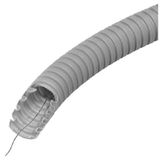

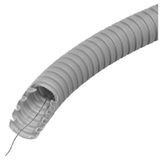
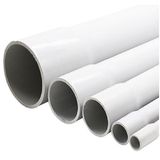






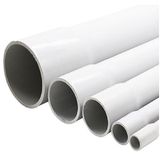


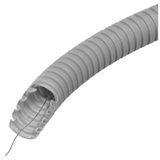
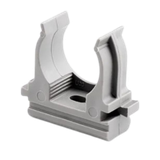
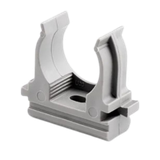



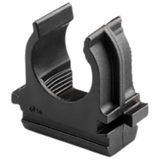
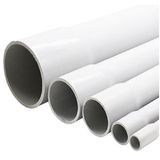
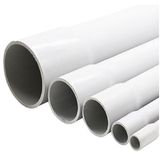
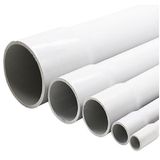

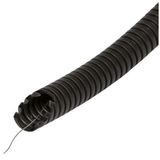
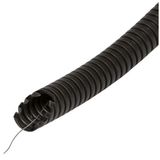
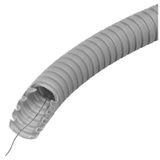
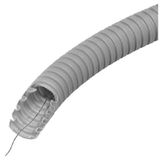
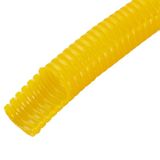

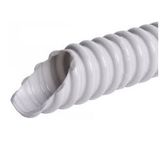
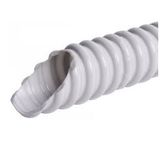

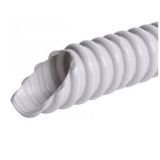

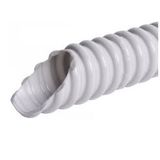
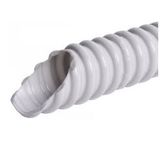
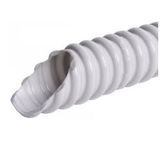
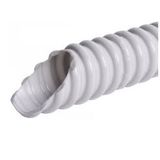
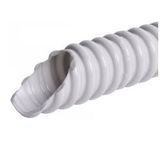
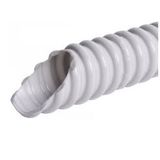

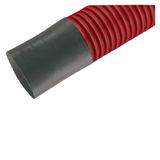


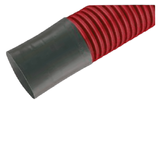

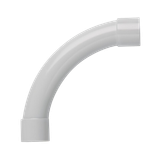
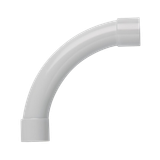
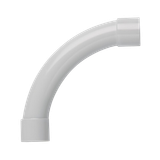
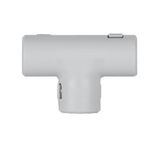
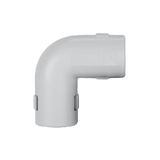



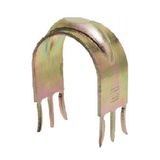
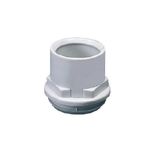

thorgeon installation pipes for protected routing in real buildings
Rigid and flexible options cover 16 20 25 32 40 mm sizes with LSZH indoor jackets and UV-stabilised outdoor grades. Crush resistance spans 750–1 250 N/5 cm for light/medium duty; impact classes follow IK07–IK10 depending on wall thickness. Bending radii are ≥4×OD for corrugated and ≥6×OD for smooth wall. When ceiling voids are tight, thorgeon installation pipes keep consistent outer diameters so glands and knockouts don’t change between rooms; crews stock thorgeon installation pipes by OD band and duty class to stabilise tooling.
thorgeon conduit pipes materials, fire classes, and temperature
PVC-u, PP, and HDPE handle most interiors; galvanised steel and stainless A2/A4 serve plant rooms and façades. CPR options range Eca to Cca-s1,d1,a1 for public interiors with documented smoke/acid limits. Typical service windows: −25…+60 °C for PVC, −25…+90 °C for PP/HDPE, higher for metal with suitable bushings. For long risers, thorgeon conduit pipes pair with expansion sleeves to absorb thermal shift; maintenance tags those thorgeon conduit pipes with lot codes and bending data for repeatable works.
thorgeon cable protection pipes against abrasion and chemicals
Smooth-bore liners reduce pull friction; braided or double-wall constructions resist crushing in busy risers. Ammonia, salts, and detergents demand silicone gaskets and A4 hardware at entries. In car parks, specify UV-stable grey or black with impact rings at columns. With thorgeon cable protection pipes, gland cones stay fully engaged because OD tolerances are tight; planners repeat thorgeon cable protection pipes across floors so torque charts and ferrule sets never change.
thorgeon wiring conduits EMC, segregation, and earthing
Metallic routes provide continuous bonding; use 360° clamps where screens enter the enclosure and keep earth tails short. Divider strips maintain SELV and mains separation inside trunking. Plastic runs cross power at 90° and avoid parallelism near VFDs. Designers adopt thorgeon wiring conduits where mixed control and power must share pathways without crosstalk; the same thorgeon wiring conduits logic holds from panel gland plates to ceiling spurs.
thorgeon installation accessories sealing, strain relief, identification
Compression glands in M16 M20 M25 with matched ferrules hold IP65–IP67; breathable plugs equalise pressure in sealed lids. Locknuts with serrations stop walk on thin doors; coloured collars flag SELV versus mains. Pre-threaded couplers and reducers speed changes in OD without reaming. Crews kit thorgeon installation accessories by thread family, jacket range, and gasket type; procurement mirrors those thorgeon installation accessories in room bundles so goods-in checks are quick.
thorgeon electrical conduits mechanical data and routing practice
Pulling eyes and nylon draw cords ride inside long runs; recommended pull ≤250 N for small OD plastics and higher where spec allows. Support spacing is typically 0.6–1.2 m horizontal and 1.5–2.0 m vertical, increasing with wall class. Where firestops cut through, intumescent sleeves match OD and maintain rating. Spec sheets for thorgeon electrical conduits publish clamp spacing, allowable radius, and lubricant class so acceptance tests are unambiguous; repeating thorgeon electrical conduits keeps these numbers stable across risers.
thorgeon pipe fittings elbows, tees, reducers, and adapters
Long-radius elbows protect insulation; swept tees beat sharp T-pieces for pull-through. Reducers maintain IP when stepping 25→20 mm; insulated bushings prevent galvanic bite where metal meets plastic. Threaded entries follow metric families and pair with torque-marked lockrings. Installers prefer thorgeon pipe fittings with etched arrows for flow direction and space claims on drawings; warehouses index thorgeon pipe fittings by angle, thread, and OD transition so night-shift swaps are clean.
Technical specifications and standards relevant on site
- Conduit classification aligns with EN 61386 (mechanical/thermal/impact); junctions to EN 60670; CPR per EN 50575 where applicable.
- IP strategy: glands and sealing washers keep IP65–IP67 at the enclosure boundary; breather membranes prevent pump-down during cooling.
- Tensile and crush: verify pull forces vs lubricant and cable jacket; confirm ≥750 N/5 cm for general areas and ≥1 250 N/5 cm where traffic is heavy.
- Marking: solvent-resistant legends every 1–2 m with OD, wall class, and lot ID; QR labels map runs to drawings for audits.
- Integration: maintain common knockouts and thread families across luminaires, boxes, and panels; keep strip windows and torque tables in the method statement.
Applications and compatibility
- Offices and hotels: LSZH plastics with shallow elbows behind finished ceilings; colour collars for fast tracing.
- Plant rooms and rooftops: galvanised or stainless with bonded couplers and silicone gaskets; expansion joints at long, sun-exposed routes.
- Car parks and logistics: impact-rated plastics with stainless clips; corridor spacing tables aligned to luminaire pitch.
- Food and ammonia zones: A4 fasteners, closed-cell gaskets, and chemical-tolerant compounds.
All routes share the same hole patterns and knockouts, so panels, luminaires, and junctions use one mechanical language.
Selection criteria for B2B buyers
- Fix environment and fire class, then choose material and wall duty.
- Lock OD, thread family, and bend strategy to stabilise glands and box templates.
- Define EMC plan—metallic bonding or plastic with screen hand-off—and document earth continuity tests.
- Set pull forces, lubricant type, and support spacing in the worksheet; pilot one riser before bulk release.
- Capture logistics: EAN/MPN on every fitting, torque targets, gasket sets, and room-bundle kitting.
Advantages of working with Bankoflamps
Our logistics mirror install order. We price to room schedules, show live EU stock before crews are booked, and return quotes with EAN/MPN in about an hour. Your portal lists lead times, shipment tracking, and downloadable price files with validity windows you can plan around. Trusted accounts use post-payment up to 30 days. We consolidate per riser so conduit, fittings, glands, and gaskets land together, and your account manager checks OD ranges, bend radii, support spacing, thread families, gasket materials, and EMC clamp requirements against your drawings—keeping kits site-ready across France, the Baltics, Germany, Spain, Italy, Belgium, and the Netherlands.